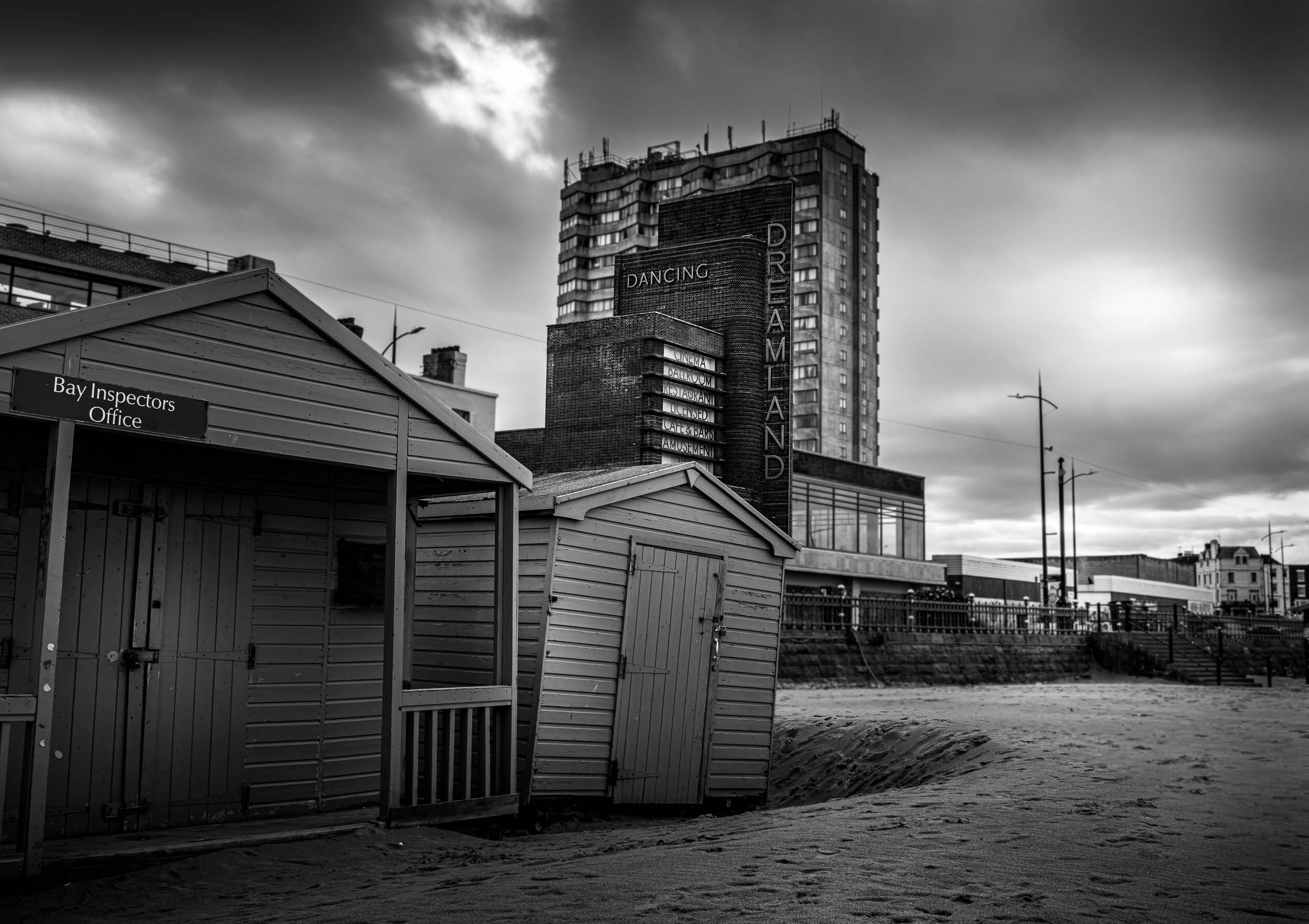All About Street Photographers
Table of ContentsFacts About Street Photographers RevealedThe Of Street PhotographersStreet Photographers Can Be Fun For EveryoneStreet Photographers - QuestionsGetting The Street Photographers To Work
Road photographers do not always have a social function in mind, but they like to separate and catch moments which may otherwise go undetected.Though he was influenced by several of those who affected the street photographers of the 1950s and '60s, he was not mainly interested in recording the spirit of the street. The impulse to aesthetically document people in public started with 19th-century painters such as Edgar Degas, douard Manet, and Henri de Toulouse-Lautrec, who worked side by side with digital photographers attempting to catch the significance of urban life.
As a result of the fairly primitive technology offered to him and the lengthy direct exposure time required, he had a hard time to catch the pressure of the Paris roads. He try out a series of photographic approaches, attempting to discover one that would certainly enable him to capture motion without a blur, and he discovered some success with the calotype, patented in 1841 by William Henry Fox Talbot. As opposed to Atget, professional photographer Charles Marville was employed by the city of Paris to develop an encyclopaedic record of Haussmann's urban planning project as it unfolded, thus old and new Paris. While the professional photographers' subject was essentially the exact same, the outcomes were substantially different, showing the influence of the photographer's bent on the personality of the pictures he generated.
Given the fine quality of his photographs and the breadth of material, architects and artists frequently purchased Atget's prints to use as reference for their own job, though business passions were barely his primary motivation. Instead, he was driven to picture every last residue of the Paris he liked.
How Street Photographers can Save You Time, Stress, and Money.
They reveal the city via his eyes. His work and basic understanding of digital photography as an art type worked as motivation to generations of professional photographers that followed. The future generation of street digital photographers, though they likely did not describe themselves as such, was introduced by the photojournalism of Hungarian-born professional photographer Andr Kertsz.
Unlike his peers, Brassa used a larger-format Voigtlnder electronic camera with a much longer direct exposure time, requiring him to be extra computed and thoughtful in his practice than he could have been if utilizing a Leica. (It is assumed that he may not have actually been able to pay for a Leica at that time, however he did, nonetheless, utilize one in the late 1950s to take colour pictures.) Brassa's photographs of the Paris abyss lit up by artificial light were a discovery, and the collection of the series that he released, (1933 ), was a significant success.
Cartier-Bresson was a champ of the Leica camera and one of the very first digital photographers to maximize its abilities. The Leica permitted the photographer to communicate with the environments and to record moments as they occurred. Its fairly tiny dimension also helped the professional photographer discolor right into the history, which was Cartier-Bresson's preferred method.
Fascination About Street Photographers
It is due to the fact that of this basic understanding of the art of image taking that he is usually attributed with finding the tool around again roughly a century because its invention. He took photographs for greater than a half century and affected generations of digital photographers to trust their eye and instinct in the moment.
These are the questions I will try to respond to: And afterwards I'll leave you with my own definition of check it out road digital photography. Yes, we do. Let's kick off with specifying what a meaning is: According to (Street Photographers) it is: "The act of defining, or of making something precise, unique, or clear"
No, certainly not. The term is both limiting and misleading. Appears like a street digital photography must be pictures of a roads ideal?! And all street digital photographers, besides a handful of outright beginners, will totally appreciate that a road is not the crucial component to road photography, and in fact if it's a picture of a street with possibly a few monotonous people doing nothing of rate of interest, that's not street digital photography that's a snapshot of a road.
The smart Trick of Street Photographers That Nobody is Discussing
He makes a legitimate point important source don't you assume? While I agree with him I'm not sure "candid public digital photography" will certainly capture on (although I do kind of like the term "honest photography") because "road photography" has been around for a lengthy time, with many masters' names attached to it, so I believe the term is right here to stay (Street Photographers).
Inside?! I hear you scream as you drink your hand to the skies. Why not? You can contend the coastline, at a festival, in an alley, in a park, in a piazza, in a coffee shop, at a gallery or art gallery, in a city terminal, at an occasion, on a bridge, under a bridge ...

Our Street Photographers Diaries
